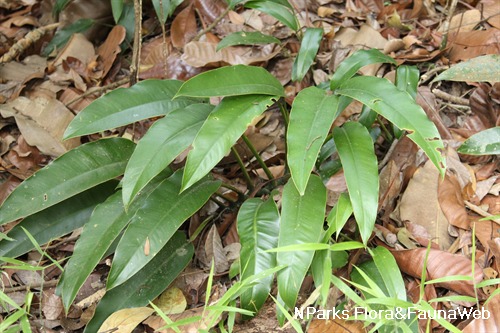
Back
Epipremnum giganteum (Roxb.) Schott
| Family Name: | Araceae |
| Common Name: | Greater Epipremnum, Rengut |
Name
Classifications and Characteristics
| Plant Division | Angiosperms (Flowering Seed Plants) (Monocotyledon) |
|---|---|
| Plant Growth Form | Climber, Epiphyte |
| Lifespan (in Singapore) | Perennial |
| Mode of Nutrition | Autotrophic |
| Plant Shape | Irregular |
| Maximum Height | 20 m |
Biogeography
| Native Distribution | Myanmar, Cambodia, Vietnam, Thailand, Peninsular Malaysia and Singapore. |
|---|---|
| Native Habitat | Terrestrial (Primary Rainforest, Mountain, Secondary Rainforest, Freshwater Swamp Forest) |
| Preferred Climate Zone | Tropical, Sub-Tropical / Monsoonal |
| Local Conservation Status | Native to Singapore (Least Concern (LC)) |
Description and Ethnobotany
| Growth Form | An epiphytic root climber. It uses its roots to climb up its support and can grow up to 20 m in height. |
|---|---|
| Foliage | The alternately-arranged, stalked leaves are simple and are elliptical-lanceolate in shape with a cordate base and an undulating yellow leaf margin, 30-91 cm long and 15-23 cm wide. Leaves are leathery. |
| Stems | Its stem is thick and can reach 10 to 35 mm in diameter and is covered with prominent leaf scars along its length. |
| Flowers | The flowers are borne on a spadix. Both the spathe and spadix can grow up to 25 cm in length. The spathe is green on the outer surface and is yellow in the inner surface. The light brown seeds are lightly curved. |
| Fruit | The fruit is a berry that is light green and turns red when mature. |
| Habitat | It is found on limestone and marble cliffs in damp lowland forest and hill forest at altitudes of 90 to 170m. |
| Associated Fauna | Its fruits are probably eaten by birds. |
| Cultivation | It s ideally grown under partial sun, in a well-drained and aerated growing media. It is best grown in areas with a high level of humidity near a strong source of support such as a tree. |
| Etymology | The genus epithet is derived from the Greek words 'epi' or 'upon' and 'premnon' or 'a trunk'. This is in reference to the epiphytic growth habit of the member of this genus. The species epithet 'giganteum' is derived from the latin word which means 'large or gigantic'. |
| Ethnobotanical Uses | Others: The plant is reported to be used as a poison by criminals, or for poison darts. |
Landscaping Features
| Landscaping | It can be used as a substitute for the exotic Epipremnum aureum (money plant) or other exotic climbers. |
|---|---|
| Desirable Plant Features | Ornamental Foliage, Ornamental Form |
| Landscape Uses | Parks & Gardens |
| Thematic Landscaping | Naturalistic Garden |
Fauna, Pollination and Dispersal
| Pollination Method(s) | Biotic (Fauna) |
|---|---|
| Seed or Spore Dispersal | Biotic (Fauna) |
Plant Care and Propagation
| Light Preference | Semi-Shade |
|---|---|
| Water Preference | Moderate Water |
| Rootzone Tolerance | Well-Drained Soils, Fertile Loamy Soils |
| Maintenance Requirements | Moderate |
| Propagation Method | Seed, Stem Cutting |
Foliar
| Foliage Retention | Evergreen |
|---|---|
| Mature Foliage Colour(s) | Green |
| Mature Foliage Texture(s) | Leathery |
| Foliar Type | Simple / Unifoliate |
| Foliar Arrangement Along Stem | Alternate |
| Foliar Attachment to Stem | Petiolate |
| Foliar Shape(s) | Non-Palm Foliage (Lanceolate, Oblong) |
| Foliar Margin | Entire - Wavy / Undulate |
Floral (Angiosperm)
| Flower & Plant Sexuality | Unisexual Flowers , Monoecious |
| Flower Colour(s) | Cream / Off-White |
|---|
| Flower Grouping | Cluster / Inflorescence |
| Inflorescence Type | Spathe & Spadix |
Fruit, Seed and Spore
| Mature Fruit Colour(s) | Red |
|---|---|
| Fruit Classification | Simple Fruit |
| Fruit Type | Fleshy Fruit , Non-Accessory Fruit |
Image Repository
Others
| Master ID | 31490 |
|---|---|
| Species ID | 5887 |
| Flora Disclaimer | The information in this website has been compiled from reliable sources, such as reference works on medicinal plants. It is not a substitute for medical advice or treatment and NParks does not purport to provide any medical advice. Readers should always consult his/her physician before using or consuming a plant for medicinal purposes. |

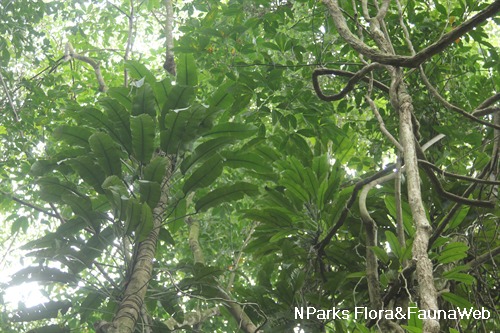
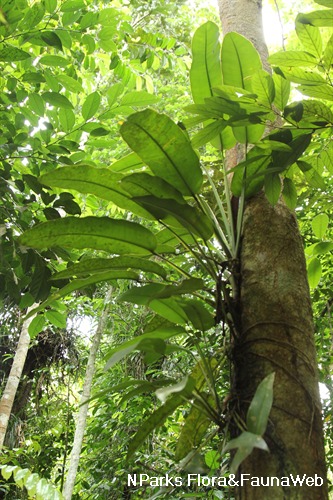
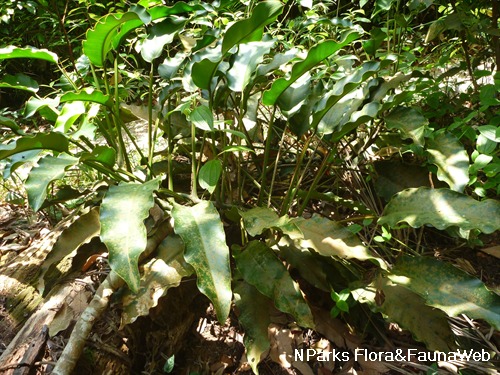
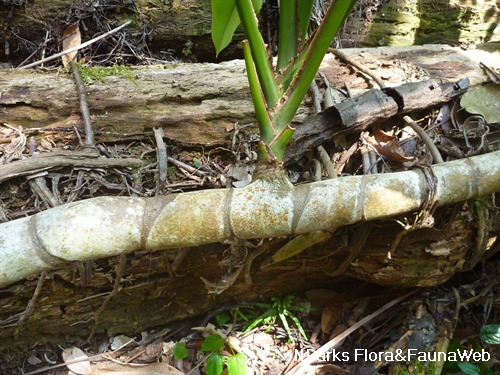


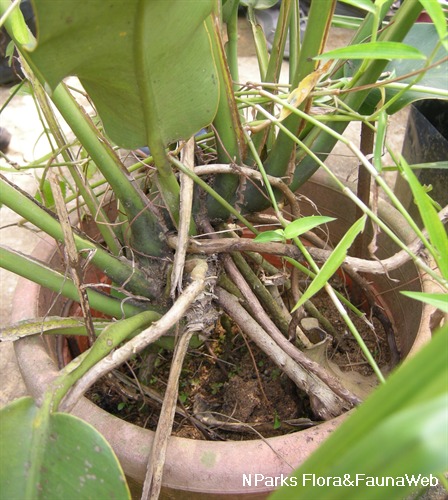

.jpg)

